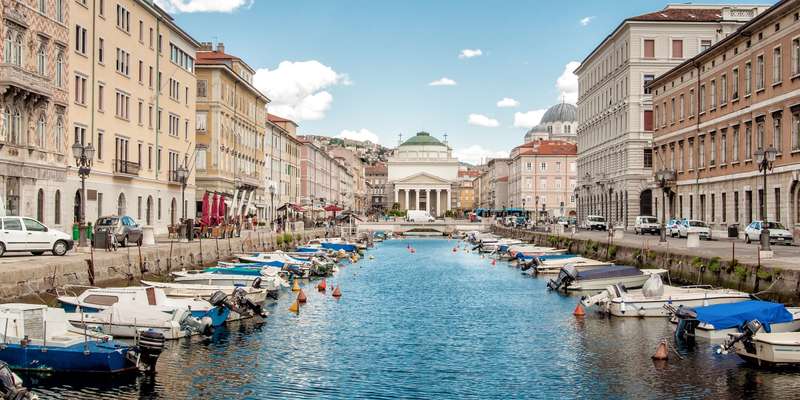- Home
- Useful Tips
- Best months for comfortable...
Planning a trip to Trieste often leads to weather worries – will you face stifling summer heat or chilly winter winds? Over 60% of visitors regret not researching seasonal conditions beforehand, leaving them battling crowded piazzas in peak season or shivering through coastal walks. The city's unique microclimate, wedged between Adriatic breezes and Alpine winds, creates unpredictable temperature swings that can make or break your experience. Sweating through July's humidity or missing spring's blooming parks means losing both comfort and photo opportunities. Locals know the sweet spots when Trieste shines without extremes, but most travel guides overlook these nuanced patterns in favor of generic advice.


Why summer crowds ruin Trieste's charm
July and August transform Trieste from a laid-back gem into a pressure cooker of cruise ship crowds and sticky heat. The average 85°F (29°C) temperatures feel hotter with high humidity, while queues for Miramare Castle stretch past two hours. What locals avoid: midday exploration when stone piazzas radiate stored heat. Savvy travelers instead embrace early mornings along the Rive promenade or late evenings when the Barcola lidos empty. While beach clubs tempt you, remember Trieste's pebble shores lack the cooling effect of sandy beaches. The real tragedy? Missing the city's cultural soul – outdoor opera at Teatro Romano becomes unbearable when humidity warps instruments, and precious Carso wines served too warm lose their crisp character.
Spring's secret: blooming jasmine without the sweat
Mid-April through June delivers Trieste's magic formula: 68°F (20°C) days perfect for climbing to San Giusto Castle without dehydration. The bora wind mellows, letting you enjoy open-air cafes along Via Torino as jasmine cascades over Austro-Hungarian facades. This is when locals reclaim their city – witness university students debating in Piazza Unità until midnight without summer's tourist din. Pro tip: Pack a light scarf for sudden drizzle that keeps crowds away from key sites. The Carso plateau explodes with wildflowers, making day trips to Grotta Gigante more rewarding than in parched summer months. Hotel rates hover 30% below peak season, leaving budget for extra seafood risotto at Buffet da Pepi.
Autumn's golden light and truffle feasts
September and October offer Trieste's most sophisticated experience – daytime highs around 72°F (22°C) let you layer linen for morning coffee at Caffè San Marco and sunset Aperol spritzs by the harbor. The sea remains warm enough for brave swimmers until mid-October, while nearby Friuli vineyards harvest grapes you'll taste in local osmize farmhouses. This is truffle season; follow locals to hidden trattorias serving frico cheese with shaved white truffles. Few realize autumn has more sunny days than spring – perfect for photography at Duino Castle without summer's haze. Airlines drop prices after August, making this the smart choice for culture lovers who prefer opera season opening nights over beach towels.
Winter's crisp charm (with one crucial week)
While December through February sees chilly 45°F (7°C) averages, Trieste sparkles during January's Barcolana winter sailing events when the harbor fills with festive lights. The key is targeting the dry, clear week locals call 'i giorni della merla' – usually late January – when Alpine winds pause and sunshine illuminates snow-capped mountains across the gulf. Museums like Revoltella Gallery sit nearly empty, letting you admire Klimt works without jostling. Hotel prices hit yearly lows, especially after Epiphany. Pack smart: thermal layers for the bora wind's return, but don't miss experiencing café culture as Habsburg-era establishments glow with winter warmth and servers pour rich hot chocolate like liquid velvet.



